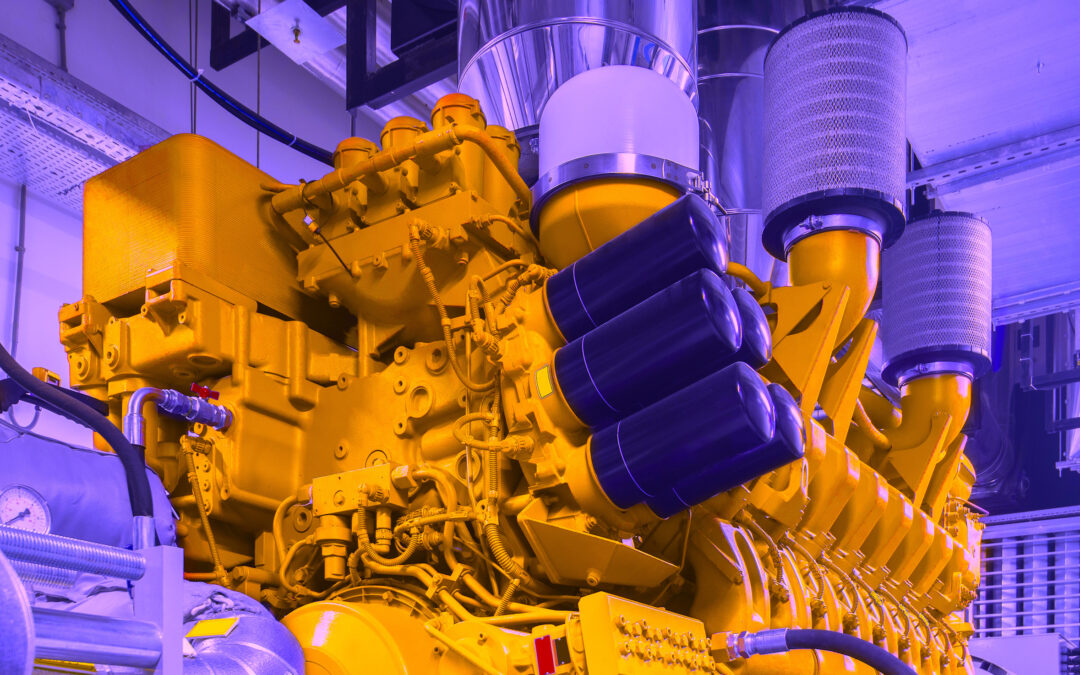A key element of successful planning and scheduling in plants and facilities is to understand and ensure that critical assets are identified and maintained with higher priority than non-critical ones. Recognizing a critical asset, though, will depend on how a maintenance organization classifies the term “asset.”
In a traditional “machine-centric” approach to maintenance, an “asset” is basically defined as a maintainable physical item with a unique identification number (UIN) in the work-management system that allows work to be assigned and tracked against it. In this context, assets are simply machines, machine sections, or sub assemblies, buildings, or major repairable spare parts.
In a “holistic” maintenance approach (similar to that taken in an ISO 55001 environment), “asset” is defined more broadly as “anything that adds value to the organization.” This translates as machines, machine sub assemblies, vehicles, spare parts, tools, buildings, building systems, documents, records, maintenance data, training programs, computer systems, software, reference libraries, inter/intra departmental agreements, stakeholder agreements. Ib this approach, assets are physical, virtual, and relational.
Regardless of the maintenance approach, assets need to be protected and maintained in accordance with their importance to the organization. Addressing asset criticality assesses this.
UNDERSTANDING CRITICALITY
“Critical “is defined as “something having a decisive or crucial importance in the success, failure, or existence of something.” In other words, that “something” must perform consistently to a defined set of criteria. Where assets are concerned, criticality is based on 1) the asset’s risk of failure; and 2) the resultant major consequences if it does fail. This required assessment is also a cornerstone in the Reliability Centered Maintenance (RCM) approach that focuses on determining the type of maintenance and scheduling rules needed for a physical asset’s continued health.
“Criticality” is sometimes referred to as “Mission-Critical” or “Business-Critical,” the difference being immediacy. These terms are usually applied to all asset types (physical, virtual, and relational): “Mission-critical” refers specifically to items “essential to the immediate operation of an organization,” whereas “business-critical” refers to those “determined as a priority for the long-term survival of that organization”.
“Transient Criticality” is based on an impermanent state, in which an asset can be elevated to “critical” status for a short period, and then returned to non-critical status once its job is completed. Examples of this would include machines essential to manufacturing products on a seasonal or occasional basis.
A clear understanding of criticality is of extreme importance to the planning and scheduling function within a maintenance organization: An asset’s criticality is used to determine the level of proactive maintenance it requires, as well as how often that maintenance is to be scheduled. Once defined as such, unplanned critical-asset-maintenance scheduling automatically takes priority over non-critical assets.
Machine-criticality status is almost always determined early in the life of an asset, i.e., when a preventive-maintenance (PM) program is first being set up. Based on a probability/severity-risk analysis and failure-consequence evaluation (assessment of safety impact, health impact, economic impact, and environmental impact), criticality thresholds can be calculated, and the item designated accordingly in the asset management system.
THE FINAL WORD
The industrial world is putting ever-greater emphasis on reliability-based cultures. Accordingly, all assets (physical and non-physical) must be regularly assessed for criticality as an operation continuously changes/improves. This fluid practice will ensure all assets are addressed and managed with an appropriate and optimized maintenance approach.TRR
ABOUT THE AUTHOR
Ken Bannister has 40+ years of experience in the RAM industry. For the past 30, he’s been a Managing Partner and Principal Asset Management Consultant with Engtech industries Inc., where he has specialized in helping clients implement best-practice asset-management programs worldwide. A founding member and past director of the Plant Engineering and Maintenance Association of Canada, he is the author of several books, including three on lubrication, one on predictive maintenance, and one on energy reduction strategies, and is currently writing one on planning and scheduling. Contact him directly at 519-469-9173 or kbannister@theramreview.com.
Tags: reliability, availability, maintenance, RAM, asset management systems, ISO 5500I, planning and scheduling
.



